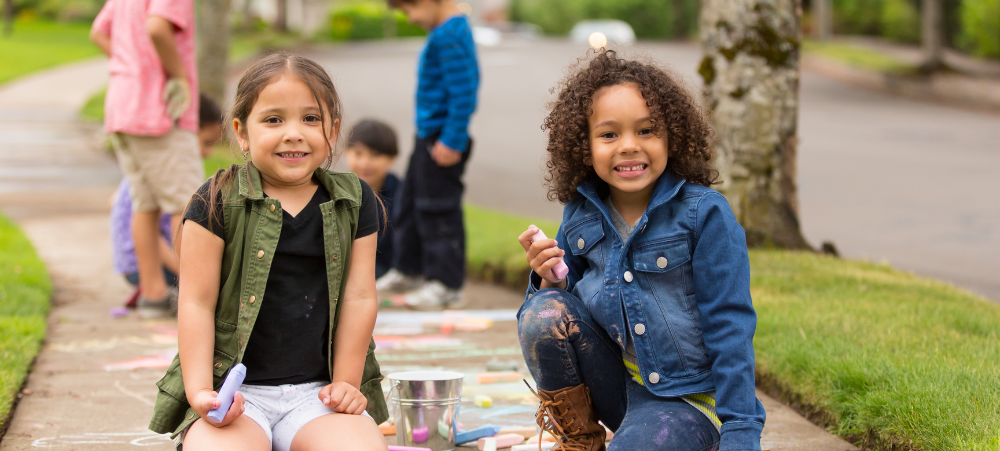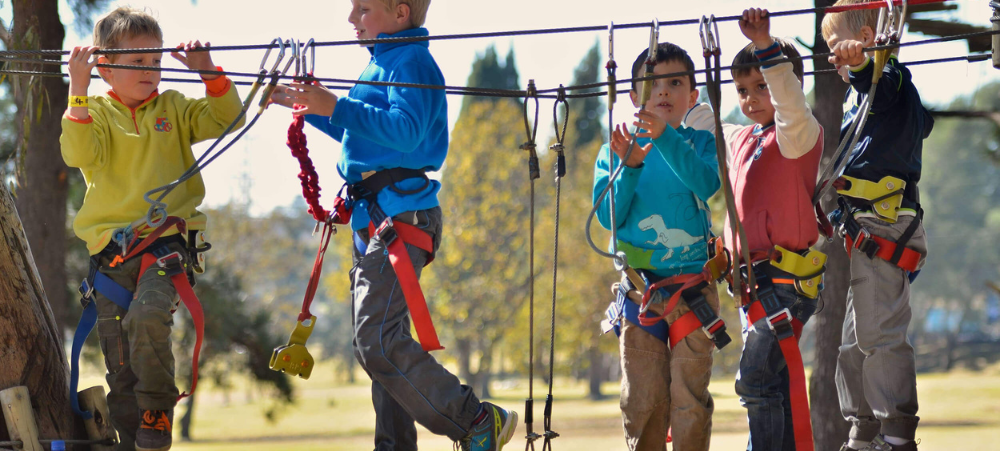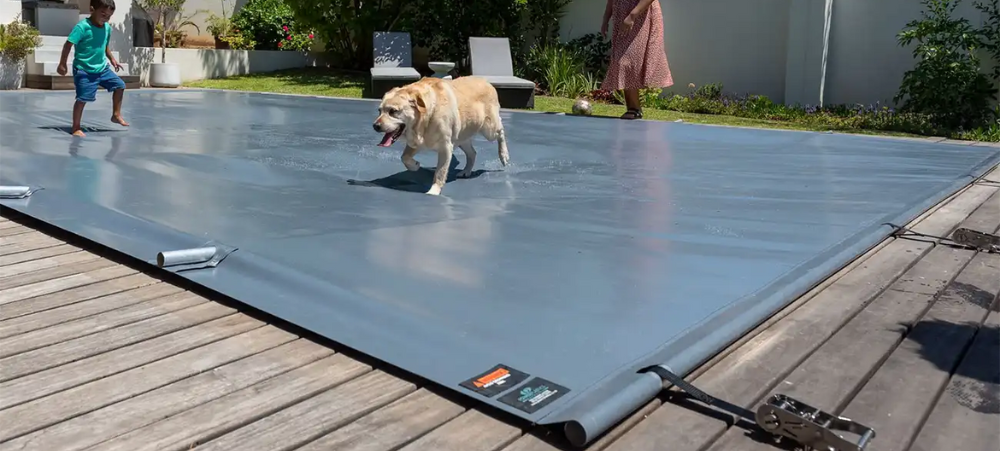Have you ever watched children at play?
Have you seen and heard the wonderful things they say and do to make whatever they are doing fun for them? It is a joy to behold – and can make for some great humour.
Children are natural innovators with powerful imaginations. Creativity offers a wide range of intellectual, emotional and even health benefits.
Why is creativity important?
Creativity should not be underestimated. Creativity helps teach cognitive skills such as mathematics and scientific thinking. Creative thinking involves imagination, basic use of the scientific method, communication, physical dexterity and exertion, problem posing, problem solving, making interpretations, and using symbols that help with future literacy skills.
According to article on Loveplayandlearn.com, they explain through the following points why creativity is important to foster in a child.
1. Creativity promotes emotional development
Creative expression provides many opportunities for expressing emotions and working through those emotions to gain relief and understanding of them.
To help your child do this you could encourage a child who is angry to draw or paint a picture of how they are feeling. You could play varied types of music that invoke different emotions and then ask your child how the music makes them feel.
2. Creativity promotes social development
In young childhood, creativity is often a social act. Singing, dancing, puppetry, and theatre all teach the child to pay attention to others as well as develop an understanding of social rules like give and take, and cooperation.
Have a dance party with other children or have them put on a play or puppet show with their friends.
3. Creativity supports physical development
Working with art materials such as crayons, scissors, paintbrushes, play dough and paint promote fine motor skills and eye-hand coordination.
To promote gross motor skills try dancing, mural painting, theatre, or large construction projects like building with boxes.
4. Creativity supports language and literacy development
By engaging in creative play or projects, children can learn new vocabulary as well as learn to associate pictures with words.
As mentioned above try playing different kinds of music and creating a conversation with the child about how it makes them feel, this will boost language expression and understanding.
Expose your child to plenty of instruments and talk to them about their favourite one and what sound each instrument makes. Ask them open-ended questions about their art work such as “how did you feel when you drew this” or “how does this painting make you feel?”
5. Creativity promotes cognitive development
Creative activities help children to develop attention skills and cognitive learning. Their imagination is in full use and encourages them to come up with new ideas and to think outside of the box since creativity involves exploration and problem solving.
Through creative activities such as playing with play dough, children can learn pre-math skills such as the concept of less and more. When children match shapes or colours in their creations, they are learning the math skill one to one correspondence.
Creative activities can help them learn about grouping and classification, physical properties of objects, and cause and effect. Painting and play dough are all great ways to explore these concepts.
Creativity is the freest form of self-expression. There is nothing more satisfying and fulfilling for children that to be able to express themselves openly and without judgment. The ability to be creative, to create something from personal feelings and experiences, can reflect and nurture a child’s wellbeing.
Pay attention to creative play, plan for it and encourage it!
By Julia Martin – Grade 00 Teacher Trinityhouse Pre-primary Randpark Ridge
Since that early beginning, Trinityhouse has flourished, providing exceptional private education – not only at our founding school at Randpark Ridge, but also at Little Falls (started in 2012), Heritage Hill (in 2014) and Glenvista (in 2020). All campuses boast rich, rewarding academic, sport and cultural environments, guided by Christian principles
- Teaching Children How to Share - November 23, 2023
- Why teach your children to be a team player? - June 30, 2023
- CREATIVE PLAY HELPS CHILDREN GROW - February 8, 2019





